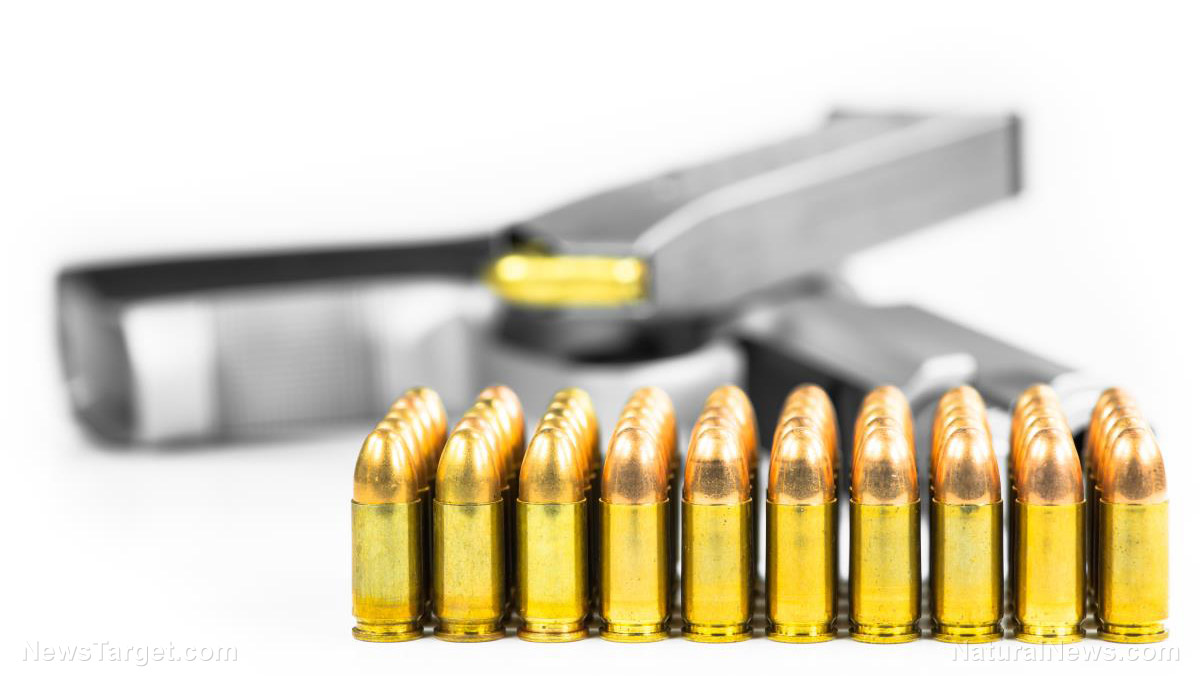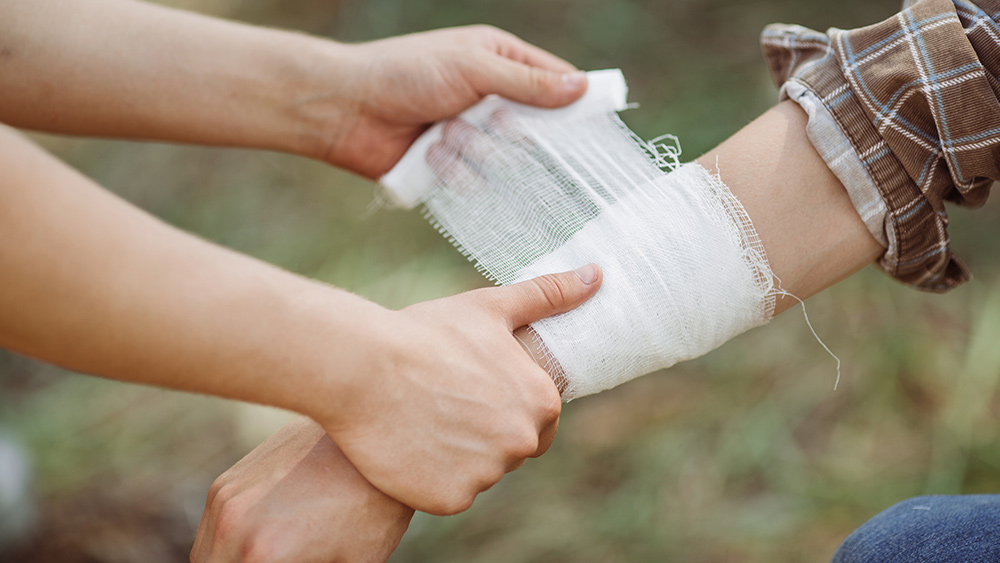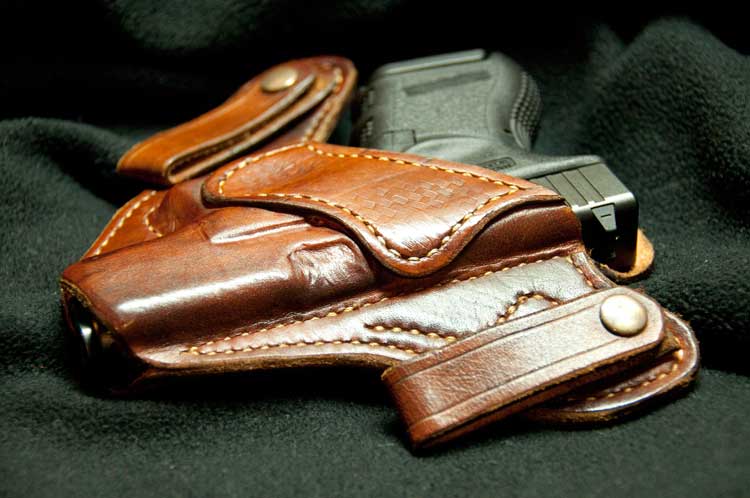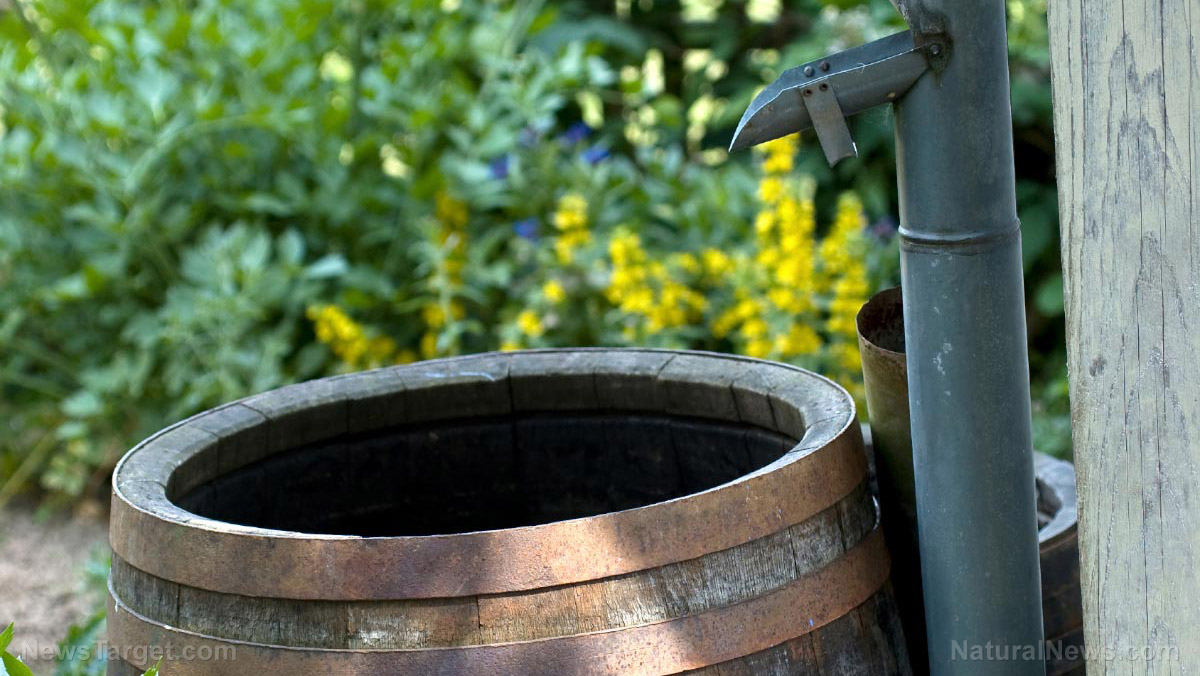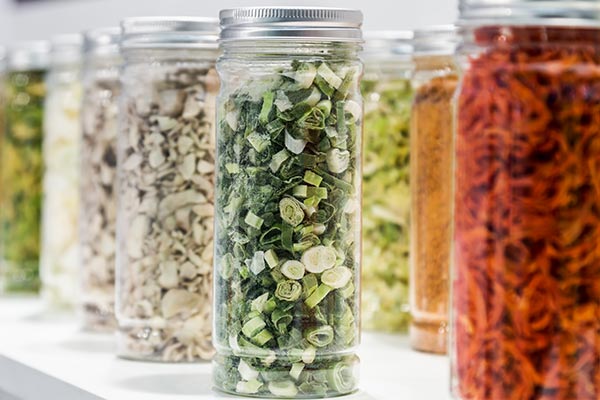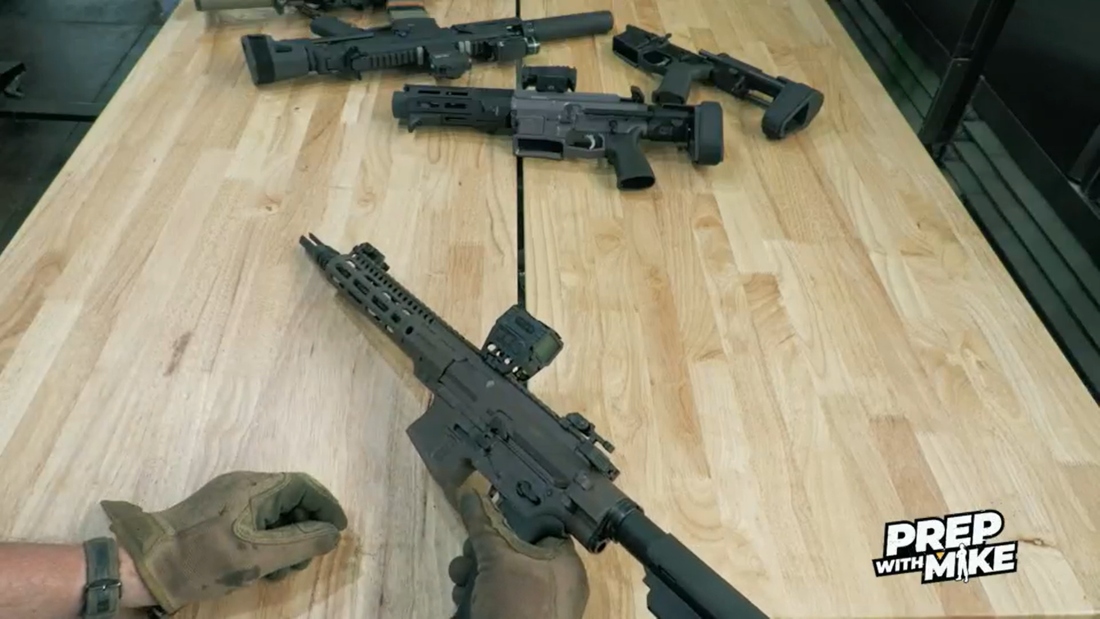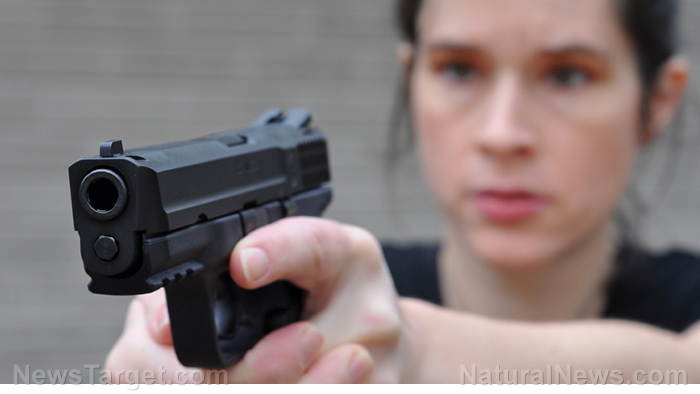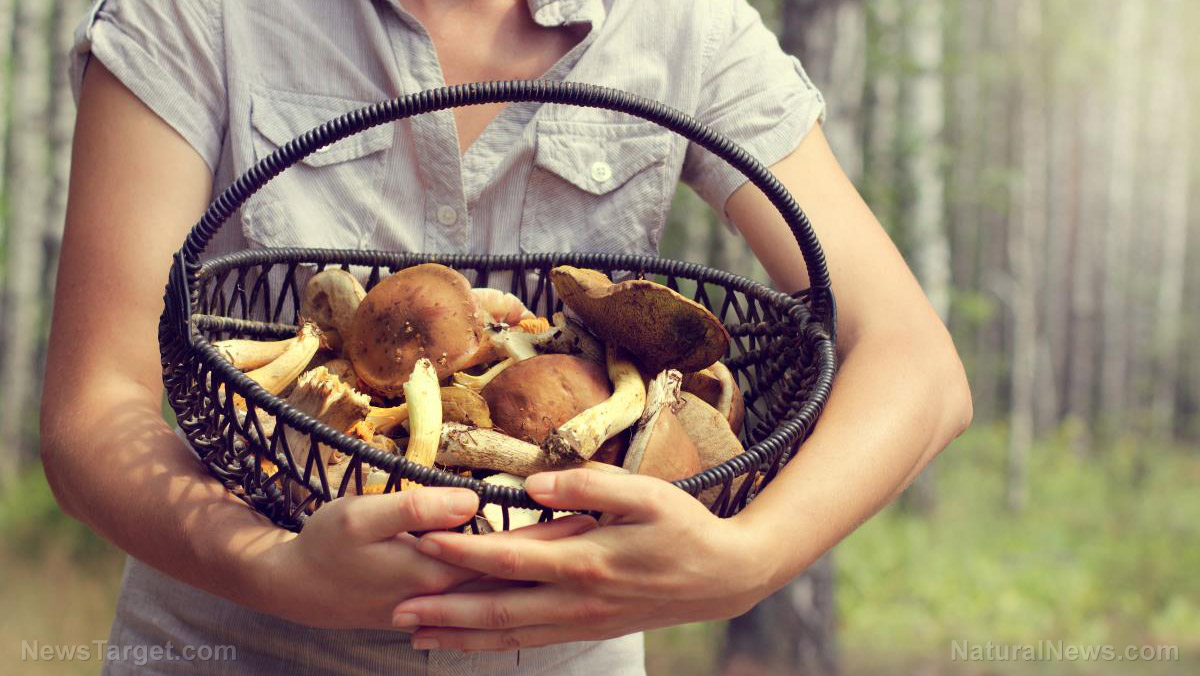Survival must-haves: 19 Ways to cook without electricity
08/23/2022 / By Zoey Sky

Make sure that you can still cook for your family even during a long-term power outage by learning how to use alternative cooking methods like a rocket stove or a solar cooker. (h/t to SurvivalCache.com)
Since many of these methods use fire and produce a lot of smoke, you must learn how to cook safely after SHTF.
Keep fire safety in mind before starting a fire or cooking over an open flame. Start a fire in a safe area without any flammable material hanging overhead or close to the heat source.
Don’t start a fire in very dry areas or on windy days. Under these conditions, a single ember can start a fire that might eventually destroy the area around you.
Always have a fire extinguisher nearby. If you don’t have a fire extinguisher, get several containers of water or soil that can be thrown onto a fire. When using a gas grill, check the connections on the propane tank between the fuel line and the tank itself. After you’re done cooking or with the heat source, check that the heat source is fully cooled or the fire is completely out before leaving.
Consider getting some of the tools used for these alternative cooking methods so you can prepare meals for your family even if you don’t have electricity.
Alcohol stove
Alcohol stoves are simple and you can make an improvised one using common items like a sturdy canister filled with high proof alcohol. It also needs a support system that is set up above the canister so you can cook.
To turn off an alcohol stove, place a cover over it to snuff it out.
Barbecue grills
There are two basic types of grills: charcoal grills and gas grills.
A charcoal grill is a metal tub that contains charcoal so you can cook food on a grill over it. If you don’t have charcoal, you can use other biomass as fuel.
Charcoal grills are dirtier, they take a while to warm up and temperature regulation can take some getting used to.
Meanwhile, a gas grill uses gas like propane. This type of grill may be easier to operate as it works like the stove in your kitchen. Gas grills heat up quickly, are cleaner and easier to use.
Gas grills also cool down quicker and the temperature is easier to control. But they’re also more expensive, not as portable and they need a fuel tank.
BioLite CampStove
A BioLite CampStove comes with a thermoelectric generator (TEG) that stores energy in an onboard battery. This energy then powers a small fan which keeps a constant flow of air circulating through the stove to produce a very hot fire.
Earth oven
Use an earth oven if you’re cooking something large or slowly over a period of time.
It consists of a hole in the ground with hot coals or stones lining the bottom. You then place a layer of green vegetation on top of the heat source followed by the food, then more green vegetation. The whole thing is then covered with soil or sand.
The coals and soil help cook the food inside the earth oven while the steam created from the green vegetation is trapped inside of the oven.
Fire pit
Once you start a fire, you can cook food on sticks, racks, in cookware or even directly on the coals.
Fresnel lens
A Fresnel lens is a compact lens that you can use as a magnifying glass. It can be made out of glass or plastic.
The plastic lens comes in different shapes and sizes. A large lens can focus more sunlight and this means the focal point will be hotter.
If conditions are right, you can quickly instantly ignite a piece of wood to start a fire. One downside is you need sunlight before you can start a fire with a Fresnel lens.
Hobo stove
A hobo stove is another easy DIY option if you want to cook quickly after SHTF. All you need is a can with some holes in it.
Follow the steps below to make a hobo stove:
- Find an empty soup can.
- Use the pointy end of a bottle opener or another sharp tool to poke some holes around the base and around the top rim of the can.
- Cut a door-like opening towards the bottom of the can so you can feed fuel through.
Since aluminum cans are available in different sizes, you can make a small, medium or large hobo stove.
Hot springs
Cooking in a hot spring may seem unusual but when disaster strikes you need to learn how to adapt to whatever situation you’re facing.
Hot springs can often reach temperatures of 120 F and above. If it gets hot enough, you can place cookware in a shallow section of a hot spring to cook food.
Be careful when cooking in a hot spring since their temperatures can fluctuate very quickly from warm to scalding hot.
Kelly Kettle
A Kelly Kettle is another type of rocket stove that’s more versatile since it has a chimney that can be removed from the base.
The chimney is a kettle that can boil water very quickly when placed on top of the base. After boiling water, you can remove the chimney and use different accessories to cook over the base.
Multi-burner camp stove
A camp stove is like a miniature version of the stove in your kitchen. These types of stoves usually have at least two burners and can either be butane stoves or propane stoves.
Multi-burner camp stoves are very portable and lightweight.
Rocket stove
A rocket stove has a very simple design, but it is highly efficient and can burn hotter than a regular campfire so you heat food quicker and produce less smoke.
Rocket stoves have two parts: an elbow towards the base and a chimney. You feed biomass through the elbow and the fire rises up through the chimney.
It pulls in extra oxygen from the elbow as the heat rises, allowing the fire to burn hotter.
Single burner camp stoves
Single burner camp stoves are often used for outdoor cooking since they are lightweight and compact. They have a single burner and fuel canister.
Most single burner camp stoves provide a high-intensity flame, which can be adjusted to boil water or cooking quickly. Use this type of stove on a flat, level surface to avoid accidents.
Smoking
Technically, smoking isn’t cooking but it can help preserve and prepare food for consumption.
Instead of cooking at high temperatures, food is exposed to low temperatures and smoke for a long time. This dries out the food and gives it a protective coating that helps prevent bacterial growth.
To prepare meat for smoking, cut it into thin strips and hang it over a heat source.
Solar cooker
A solar cooker uses modern materials so you can cook with the power of the sun. There are many different solar cooker designs and they all use the same principle of focusing sunlight into a small area that will cook food. (Related: Survival essentials: 9 Stealthy ways to cook after SHTF.)
Solo stove
A solo stove doesn’t look like a rocket stove, but it uses a similar process.
Biomass is placed into the center of the solo stove. The holes at the bottom will circulate air, which is then super-heated towards the top. This produces a hotter fire and very little smoke.
A solo stove may be small, but it’s sturdy enough that you can cook with a cast iron pan.
Sterno cans
Sterno cans or “canned heat” are containers filled with a gel fuel like ethanol or methanol. They are about the size of two or three tuna cans stacked on top of one another.
When the lid is removed, you can light the gel to produce a soft flame that will last for several hours.
Canned heat is affordable, lightweight and compact. It burns clean and is easy to extinguish.
However, the flame produced by Sterno cans isn’t intense, so it will take a while to get a pan hot enough for cooking.
Sun dehydration/solar food dehydration
Like smoking, you can use the sun to dehydrate and “cook” food. When dehydrating food under the sun, you need to slice it thinly and hang it up under direct sunlight for as long as possible.
On very hot days, stones in direct sunlight can get quite warm and be used to dry food.
Tea light oven
If you have several tea candles, you can light a handful so you have enough heat to cook food.
Create a tea candle oven by placing a terracotta pot above the lit candles. The pot will absorb a lot of the heat and the inside of it will get very hot.
Wood-burning stove
A wood-burning stove burns wood so if you plan on using one after SHTF, you will need a lot of chopped wood or a source of firewood near your home.
This stove can be used indoors, but you need to use it in a room with proper ventilation. A wood-burning stove can also help you stay warm in cold weather.
Make sure you have access to at least two to three cooking methods in this list so you can cook even during a power outage.
Watch the video below for tips on how to make a DIY tin can oven.
This video is from the SurvivalTV channel on Brighteon.com.
More related stories:
12 Things you need to survive a power grid collapse.
Lessons from the past: 26 Great Depression recipes every prepper should know.
5 Ways to brew coffee when the grid goes down.
Sources include:
Submit a correction >>
Tagged Under:
alternative cooking methods, bug out, Collapse, cooking methods, disaster, Gear, grid down, homesteading, how-to, off grid, preparedness, prepper, prepping, SHTF, survival, survival gear, survivalist, tips
This article may contain statements that reflect the opinion of the author
RECENT NEWS & ARTICLES
COPYRIGHT © 2017 GEAR.NEWS
All content posted on this site is protected under Free Speech. Gear.news is not responsible for content written by contributing authors. The information on this site is provided for educational and entertainment purposes only. It is not intended as a substitute for professional advice of any kind. Gear.news assumes no responsibility for the use or misuse of this material. All trademarks, registered trademarks and service marks mentioned on this site are the property of their respective owners.







